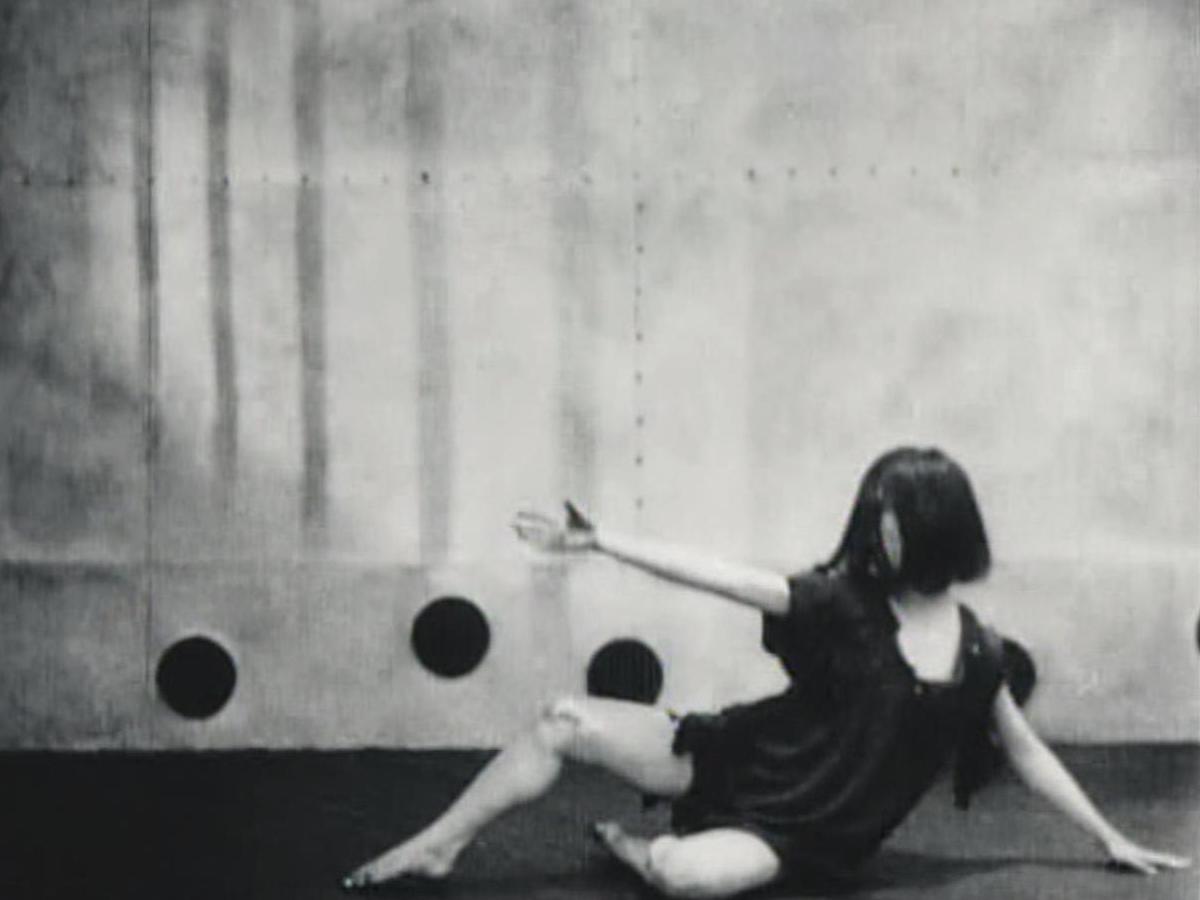
An old sailor works as a janitor in a mental institution so he can be with his wife, who is one of the patients. After she attempts suicide, he tries to free her from the institution.
EN
“The film is a significant and rare surviving example of the pre-World War II Japanese avant-garde film, but it is neither systematic nor perfect. It is instead highly experimental, and in view of the artistic environment that produced it, the anarchic avant-garde of the 1920s Japan, it could hardly be otherwise. Rather than a systematic critique, this experimental style is Kinugasa’s war of utter rebellion against film language – a war that he began with the help of the literary avant-garde.”
James Peterson1
“It’s the film’s unforgettable visual intensity that leaves a footprint in your memory. It begins with a vision out of the madwoman’s fantasy life: a dancing princess in front of a vast, spinning ball carpeted with striped fur—what?—and from there, Kinugasa brings a murderously inventive battery of ideas to bear, using double and triple and sometimes quadruple exposures to disorient us. A guard will open a barred door, and the bars will remain; a nervous tracking shot down the central hallway is layered atop a tracking shot going in the opposite direction. Memories are seen through the hazy windows of hallucinations, while in-the-moment experience is literally, visually, haunted by the past. In one disarming moment, during a walk on the institute grounds, the foreground characters are clear while others, just a few feet away, are whited-out, shot perhaps through a vast white veil, creating a vivid sense of ghostly dislocation.”
Michael Atkinson2
“Today, the age of film for the sake of telling stories is gradually passing away. Ultimately, the film must be a progression of mutual understanding formed only between the moving picture and the senses (kankaku) that watch it. A film progresses, then it ends. The viewer must unify the impressions bestowed by this progression and understand it naturally. From one incident on the globe, [the filmmaker must] select many various cross-sections and present these selected sections to the senses (kankaku) of the viewer. This, and only this, is the true responsibility of film.”
Kataoka Teppei3
- 1James Peterson, “A War of Utter Rebellion: Kinogasa’s “Page of Madness” and the Japanese Avant-Garde of the 1920s,” Cinema Journal 29, no. 1 (1989): 51.
- 2Michael Atkinson, “A Page of Madness,” The San Francisco Silent Film Festival, 2017.
- 3Quoted in William O. Gardner, “New Perceptions: Kinugasa Teinosuke’s Films and Japanese,” Cinema Journal 43, no. 3 (2004).

